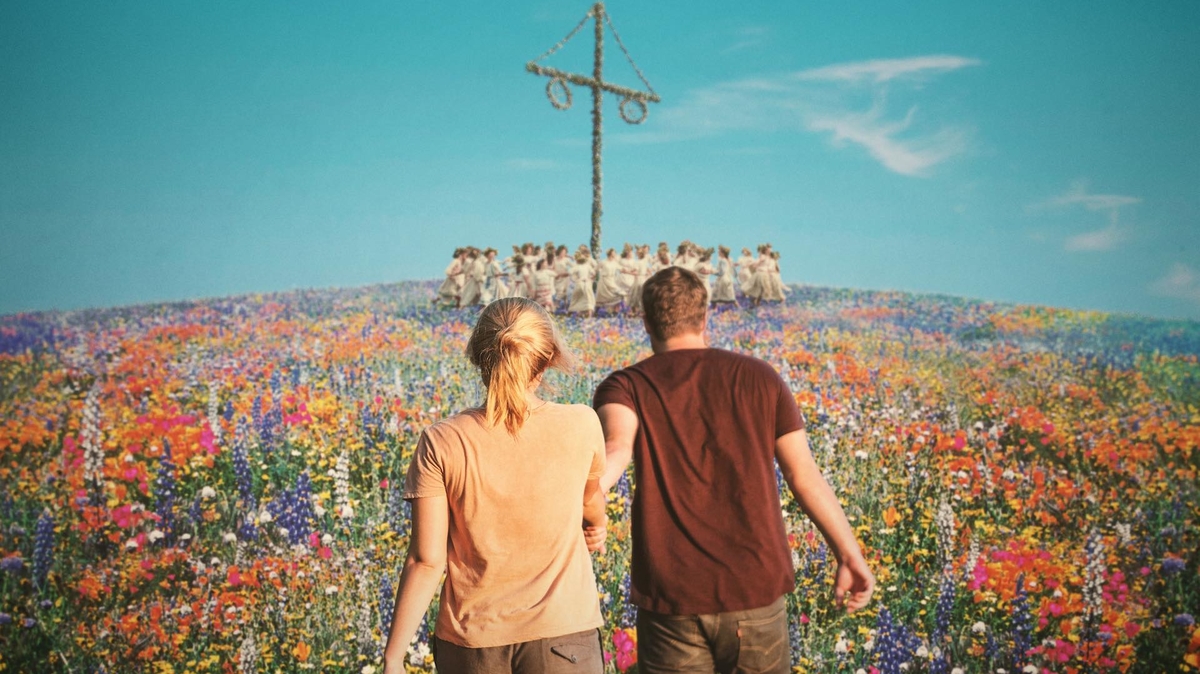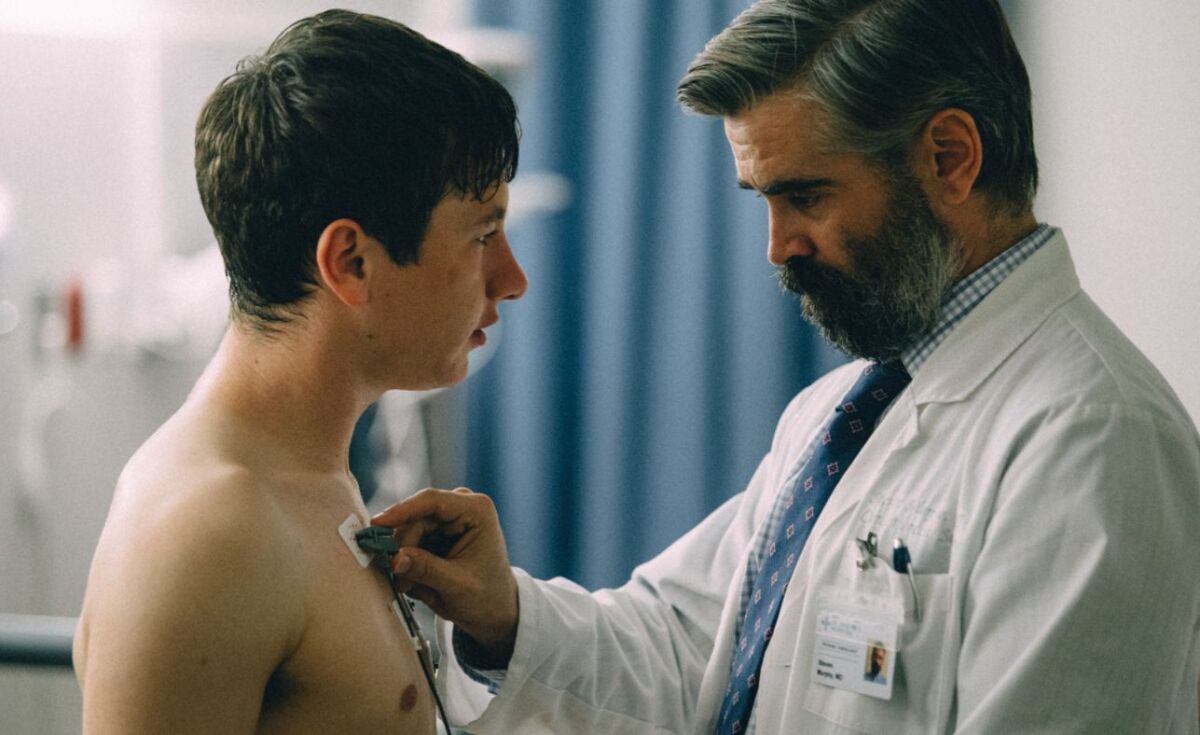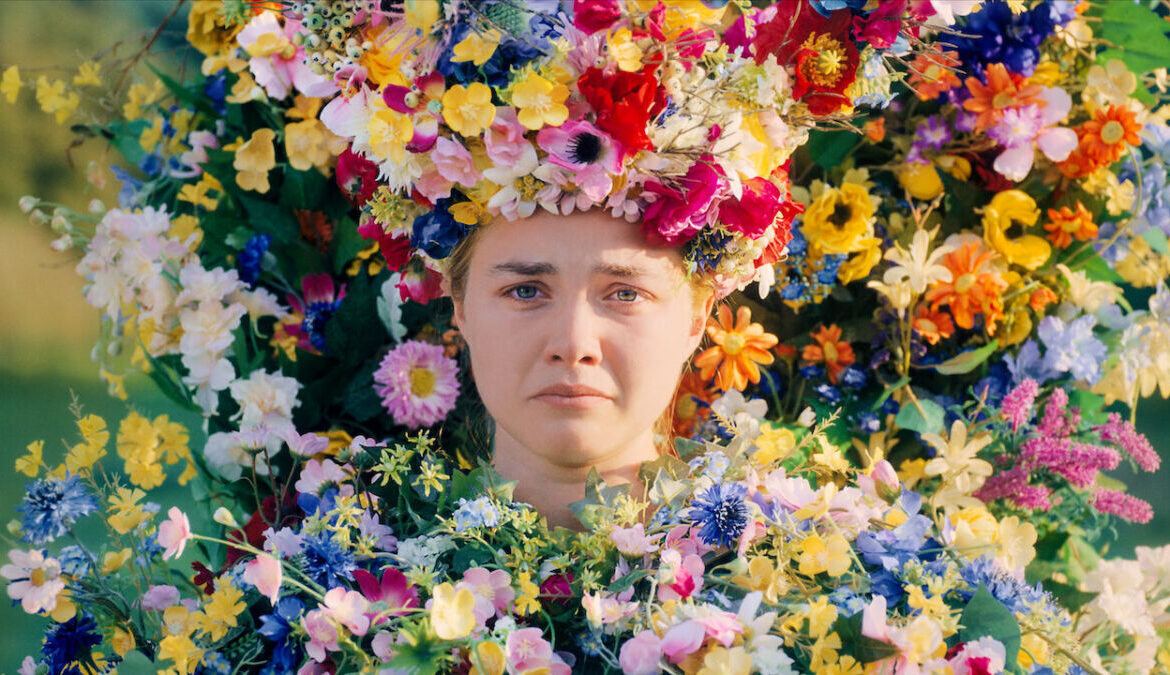Mainstream audiences have been avoiding horror because of misconceptions. Marketing is partly to blame with its “This movie is so scary, someone passed out and lost their lunch” gambit. This goes all the way back to Alfred Hitchcock’s Psycho in 1960. These headlines and fishing pieces make the average moviegoer think that being so scared you embarrass yourself is the ultimate goal of a horror fan or film maker. I’m sure this has happened once or twice in cinema history, but it’s not the reality, or aim, of horror viewing. The genre has more to offer than high heart rates and sweaty cinema seats.
Audiences are simultaneously growing bored with the usual blockbuster fare. The film industry has focused its efforts on appealing to a large demographic of viewers, whittling down the options until the safest investment is made. In doing so, they have recoiled from other genres and styles. This has left no room for mainstream innovation.
Horror, on the other hand, has become the movie industry workhorse for originality because the genre is all about subversion, which sets it apart from the formulaic blockbuster mold.
Like some, I used to hate horror. Paying movie theatre prices to be horrified for two hours seemed, well, dumb. I grew up on comic books, Disney, rom-coms, and big, juicy franchises like Lord of the Rings and Star Wars. These were the staples, but in time I discovered that my love of movies ultimately came from the new and different. Experimentation and risks are how things progress, this is also a space where horror filmmakers thrive. Whether it’s sound design, practical effects, story, pacing, or theme, modern horror has become the primordial ooze that movie innovation crawls out of.

For some reason, the horror hesitant always talk about not wanting to watch people get hacked to pieces and chased around an abandoned area for 2 hours, i.e. the classic 70s and 80s slasher/monster tropes. But luckily, that isn’t the end all be all of what’s scary. Christian Tafdrup’s Speak No Evil proves that there is more than one way to skin a cat or disturb an audience. He achieves a genuinely disturbing saga told through the nightmare of social interaction and the pitfalls of being polite.
After a Danish family hits it off with a Dutch family on holiday, they get an invitation to spend the weekend in Holland. The heat is slowly turned up on the clean-cut Danes, until they are put into a position of either surrendering or upsetting someone. Tafdrup’s use of dialog, social cues, and silence lets him slip the knife between the plates of our mental armour, exposing a weakness we didn’t know we had. He shows us that a locked door or devastating weapon aren’t enough to ward off the horrors of the world. In conventional horror, the danger is outside ourselves; a monster, curse, or conspiracy. Speak No Evil plays on our desires that society has given us; the desires to be nice, not cause a scene, and not upset anyone. These social norms become restraints, waiting to be pulled by anyone willing to reach out and grab them.
No monster to run from, no machete to dodge, no curse to reverse – just boundaries. This complete subversion of what we think makes horror horrifying is a beckoning call to audiences everywhere to put down our assumptions of what is scary. Tafdrup shows us that the world we live in has monsters of its own, and we can’t see them until they choose to be seen.

So many AAA, big studio movies follow a formula, hoping that the familiar and safe is enough to keep an audience invested. Nostalgic sequels, franchises, and well-worn paths are great for an inoffensive, reassuring time at the movies. But just like life, art can’t ignore pain. We can turn our minds off, but not forever. Ari Aster’s Midsommar isn’t about some monster in the lagoon, an escaped psychopath, or an alien species hungry for blood and organs. It’s about the perils of ignoring the reality around you. Those thoughts that come to you in the shower or before bed can ruin you.
Midsommar follows Dani, a college student struggling with her mental health and her boyfriend, Christian, who is on the brink of dumping her when cruel tragedy strikes. On a trip to Sweden to study an isolated and fanatical community, Dani, and everyone around her, tries to pretend prior problems don’t exist.
You don’t need CGI or jump scares to get the blood pumping. The visual effects are brilliant, the sound design is exceptional, and the style clings to you for weeks after watching.

Elsewhere, Yorgos Lanthimos’ The Killing of a Sacred Deer is unlike any movie you have watched or anything you’d associate horror with. A heart surgeon’s perfect life is spoilt as a mistake from his past burrows into his world. Lanthimos’ iconic monotonous, lethargic delivery style and cold, clockwork-like pacing gives a blank, stark canvas for the modern, sexy retelling of a Greek tragedy. Does this sound like any movie you’ve seen? Every detail has been carefully examined but warped to be something new. Lanthimos drags you into a familiar yet troubling reality that feels startling enough to shallow your breathing, but grip you frozen to your chair.
These risks, like them or loathe them, gives us something new to chew on, and offers new context to the same tired formulaic pap thrown at us every year.
We look to movies to take us away from ourselves for a little while, and familiar structures and themes are great for that. However, the new and wild can draw you out of your rut and drag you into worlds you can’t even begin to imagine. New is good, and the things being done in horror right now is changing the world of movies. All you need to do to be a part of it is to be brave and jump in.
READ NEXT: 25 Best Asian Horror Movies You Should Watch
Some of the coverage you find on Cultured Vultures contains affiliate links, which provide us with small commissions based on purchases made from visiting our site.

